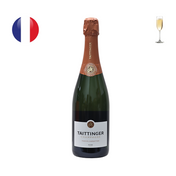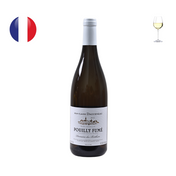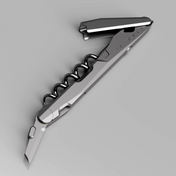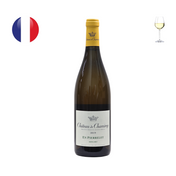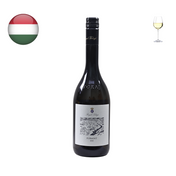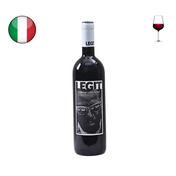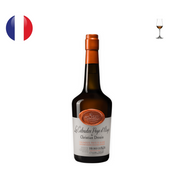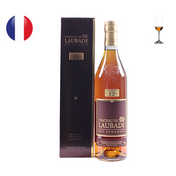Domaine Perrot-Minot is located in Morey-Saint-Denis and began in the mid-18th century with Étienne de Mermety and Louise le Breton des Chapelles establishing the winemaking activity. In the mid-19th century, the Merme family, starting with Amédée Merme, expanded the vineyard holdings. The current name was established in the 1970s by Marie-France Merme and her husband Henri Perrot-Minot. Their son, Christophe Perrot-Minot, took over in 1993 after working as a wine broker. In 2000, the domaine grew further with the purchase of Domaine Pernin-Rossin located in Couchey in the Cotes de Nuits. This purchase brough to Perrot Minot vineyards in Gevrey Chambertin and Vosne Romanee,
The Perrot-Minot estate was originally part of a larger family holding that also included what is now Domaine Taupenot-Merme. The split occurred through inheritance, when the vineyards were divided between Henri Perrot-Minot and Denise Taupenot and their respective children. Christophe Perrot-Minot and Romain Taupenot are cousins, and both estates retained vineyard parcels in Morey-Saint-Denis. Each domaine developed independently, with distinct winemaking styles.
The estate practices certified organic farming, which it considers essential for producing grapes with good texture, brightness, and balance. It manages 13 hectares of vineyards across Morey-Saint-Denis, Gevrey-Chambertin, Chambolle-Musigny, Vosne-Romanée, and Nuits-Saint-Georges. Many vines are old and pruned using the short Guyot method to keep yields low. Green harvesting is done when needed to concentrate the plant’s energy on fewer bunches. Yields are typically kept between 25 and 30 hectoliters per hectare to ensure ripeness and concentration. The vineyard team focuses on maintaining healthy soils and vines through organic methods.
Harvesting is done entirely by hand. A large team allows each plot to be picked at the right time. Sorting starts in the vineyard and continues at the winery using a conveyor belt. Selected bunches are used for whole-cluster fermentation. The rest are destemmed and sorted again with an optical sorter to keep only clean, healthy berries. Parcels that don’t meet quality standards are declassified or sold in bulk.
In the cellar, since 2006, the winemaking approach has focused on finesse and purity rather than power. After a cool pre-maceration, fermentation is done with minimal extraction. Wines are aged for 12 to 14 months in French oak barrels from Tronçais and Allier, made by Tonnellerie Rémond. New oak usage is adjusted by wine level: about 25% for village wines, 40% for premier crus, and 50% for grand crus. Bottling is done without fining or filtration to preserve the character of the terroir.
The domaine also produces two special cuvées, called “Ultra,” coming from the oldest vines, some planted as far back as 1902.
The Nuits Saint Georges La Richemone vineyard also has an interesting story. In the late 1980s, the famous French actor Gérard Depardieu co-owned these vines with André Pernin of Domaine Pernin Rossin. Depardieu later said he left the partnership because he disagreed with the winemaking style at the time, which used carbonic maceration.
Under Christophe’s leadership, the domaine has gained recognition for producing wines that clearly reflect their terroir.


